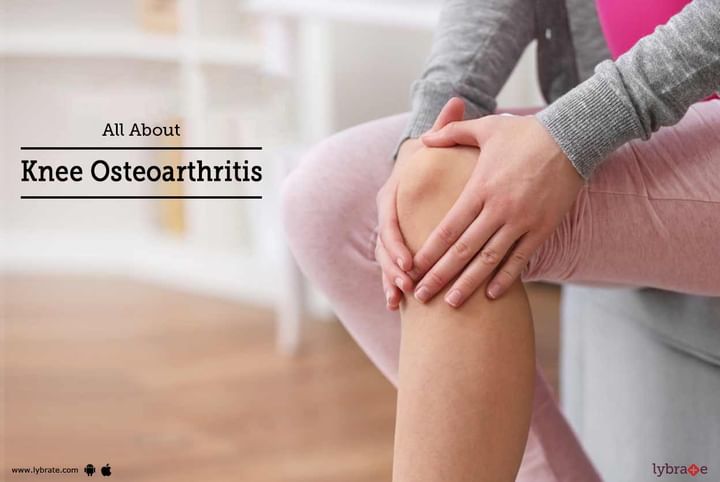All About Knee Osteoarthritis
The cartilage is the natural cushioning between two joints. When it wears off, the bones rub uncomfortably against each other as there is no shock absorption. Pain, swelling, stiffness, difficulty in moving and sometimes, the formation of bone spurs are the results of the rubbing. This condition is called osteoarthritis. Osteoarthritis in the knee is very common, and can even occur in younger people, though the risk of developing it rises after age 45.
Causes of Knee Osteoarthritis
1. Age: The cartilage doesn't heal as effectively as a person gets older.
2. Weight: The more the weight, the more the pressure on the knee.
3. Hereditary: Genetic mutations and inherited abnormalities like the shape of bones lead to osteoarthritis.
4. Gender: Women over the age of 55 are more susceptible to osteoarthritis than men.
5. Repetitive stress injuries: People like weightlifters and such, who kneel, squat or lift 55 pounds or more, are likely to develop osteoarthritis in the knee due to the constant pressure on their joints.
6. Athletics: Athletes who play soccer, tennis or other sports that involve long-distance running can develop osteoarthritis.
7. Other illnesses: People who suffer from rheumatoid arthritis, metabolic disorders like excess growth hormone or iron overload are at risk of developing osteoarthritis.
Symptoms of Knee Osteoarthritis
1. Feeling pain while moving but it gets a little better after resting
2. Swelling
3. Joints feel warm
4. Knee joints feeling stiff, especially after sitting for too long
5. Getting in and out of chairs, or going up and down a flight of stairs get difficult
6. Hearing a crackly sound whenever the knees move
Treatment for Knee Osteoarthritis
1. Weight loss: Even losing a small amount of weight will relieve stress from the joints.
2. Exercising: Strengthening the weak muscles around the joints through exercise makes it more stable and decreases the pain.
3. Pain relievers and anti-inflammatory drugs: Non-prescription drugs like acetaminophen, ibuprofen, or naproxen sodium can be taken to ease pain: But if problem persists, visit a doctor.
4. Injections of corticosteroids or hyaluronic acid into the knee: These are steroids that help with the inflammation.
5. Alternative therapies: Topical creams, supplements like glucosamine may be effective.
6. Physical and occupational therapy: Physical therapy strengthens muscles and increases flexibility in joints. Occupational therapy teaches how to do daily things, like housework, with less pain.
7. Surgery: If other treatments fail, surgery is a good option.



+1.svg)
